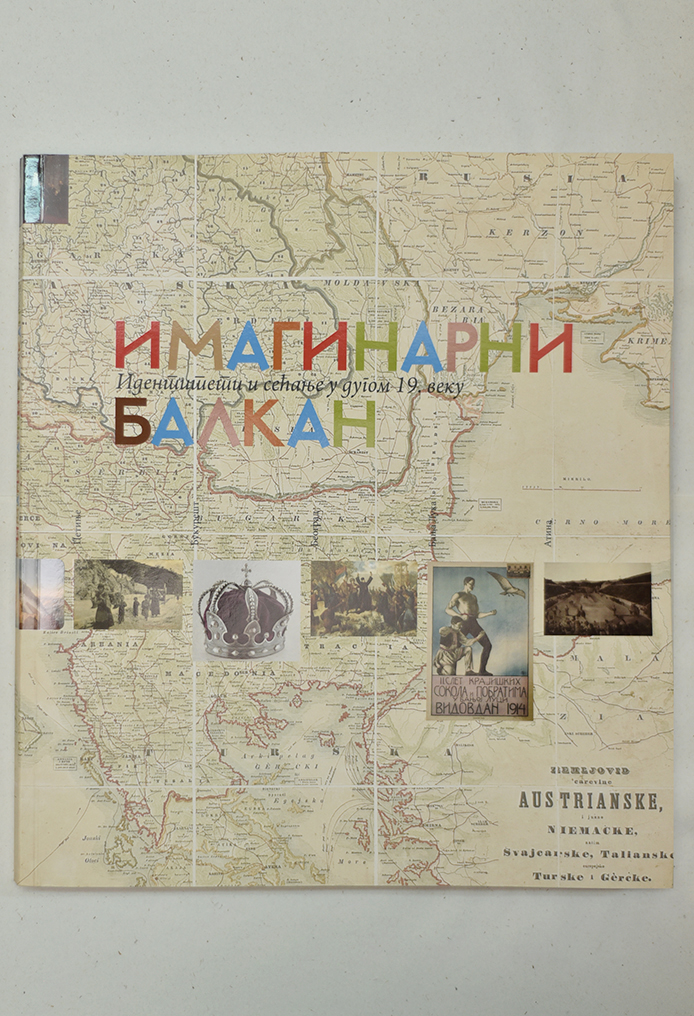IMAGINING THE BALKANS – IDENTITIES AND MEMORY IN THE LONG 19TH CENTURY

Authors: Group of Authors
Publisher: ICOM (International Council of Museums)
Year: 2013
Language: English
Pages: 118
Print run: 1000
This catalogue accompanies an international historical exhibition organized in collaboration with eleven museums from Southeastern Europe, including the Museum of the Republic of Srpska. The museum was represented in this significant project by then Senior Curator - Historian MSc. Janko Vračar, who also contributed several essays to the catalogue.
The initiative aimed to encourage reflection on the state-building processes of nation formation and the creation of shared sites of memory, intended as a foundation for more open and tolerant forms of civil society.
The exhibition focuses on the so-called long 19th century (1789 - 1918), a period of major political transformations in the Balkans. During this period, the Balkans lay between three empires: the Ottoman and Habsburg Empires, which directly governed the region, and the Russian Empire, which exerted significant influence. With the outbreak of the First World War, these three empires collapsed, effectively concluding the struggle over national borders in the Balkans, a struggle that began in the early decades of the 19th century and continued with only minor adjustments thereafter.
This century witnessed profound social change associated with the emergence of modernity, broadly understood as a set of phenomena and processes including industrialization, urbanization, and the development of a market - industrial economy; the expansion and popularization of the modern political party system; the secularization of political and social authority; and the emergence of various models of popular sovereignty across the region.
